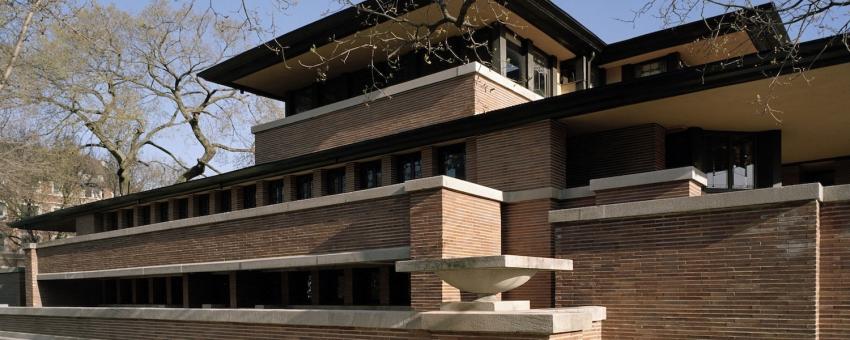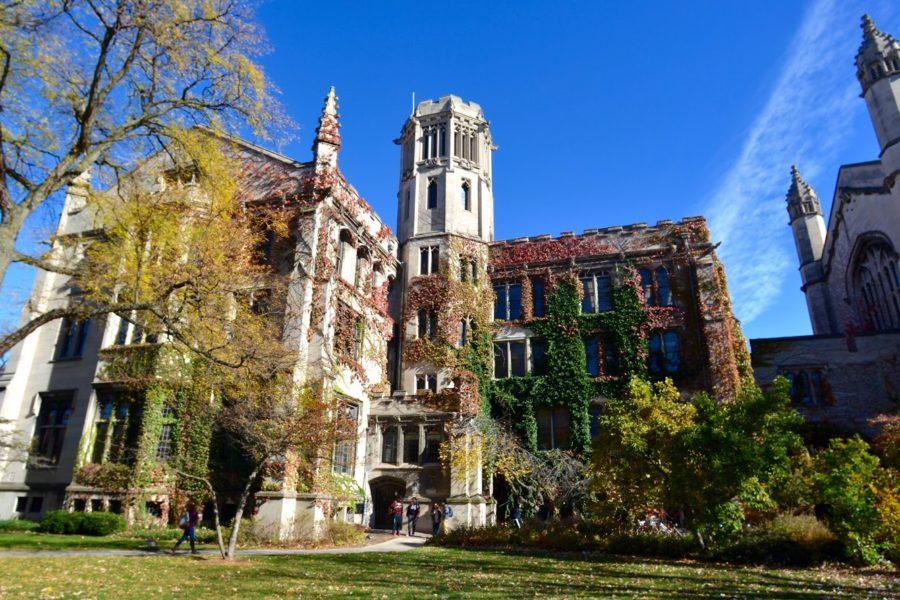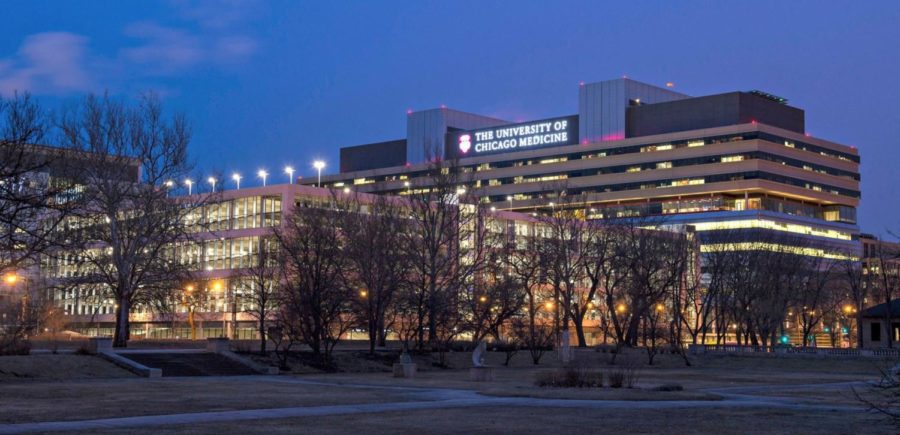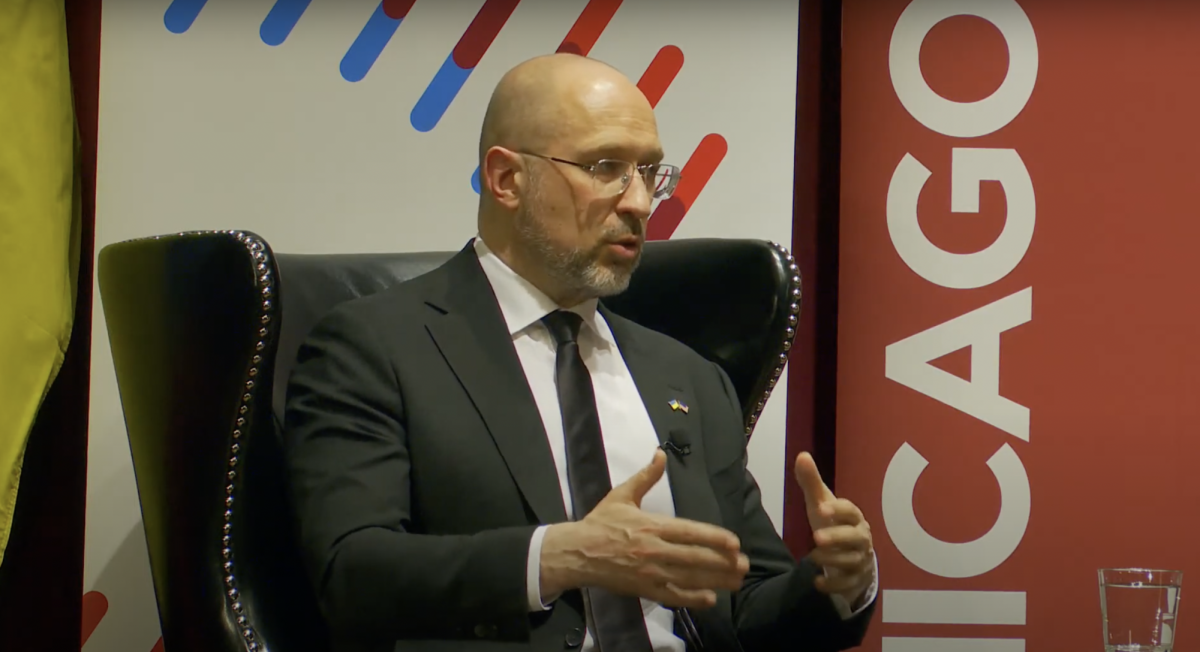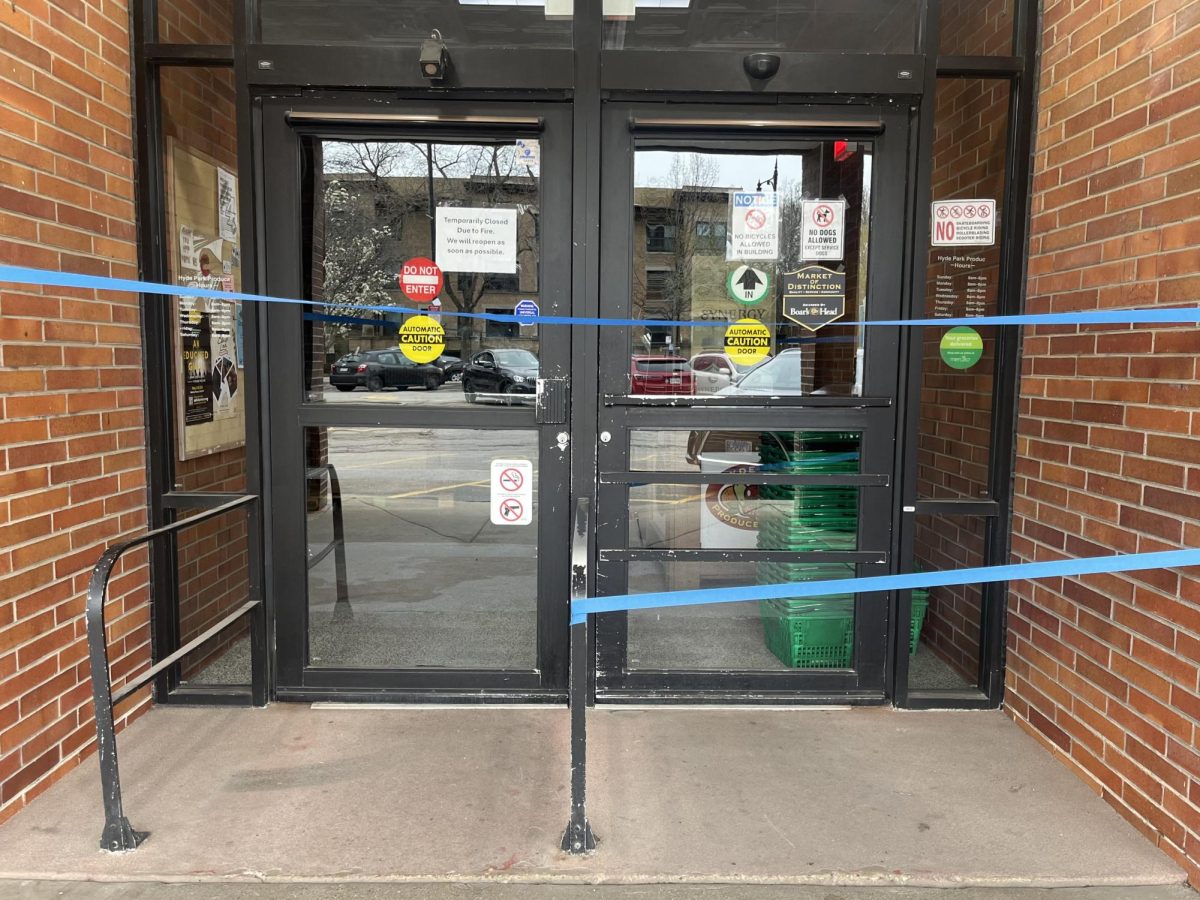On Sunday, the United Nations Educational, Scientific, and Cultural Organization (UNESCO) designated eight buildings by the architect Frank Lloyd Wright as World Heritage Sites, including the Robie House, an on-campus landmark.
The other Chicago building designed by Wright that was designated is Unity Temple, a church in Oak Park.
Wright’s eight buildings join 24 other sites in the U.S and more than 1,000 sites worldwide that UNESCO protects via international treaties for their cultural, historical, or scientific significance.
One of the most prominent names in American architecture, Frank Lloyd Wright’s prolific career spanned the late 19th to mid-20th centuries. He designed some of the nation’s best-known structures, including Pennsylvania’s Fallingwater and New York City’s Solomon R. Guggenheim Museum, both of which were also named UNESCO World Heritage sites on Sunday.
Yet Wright was renowned as more than a creator of beautiful buildings: His writing on architectural theory also proved integral to architecture of his day and beyond. Wright pioneered the theory of organic architecture, which stresses that buildings join the needs and aesthetics of humanity and nature, and formed the Prairie School of architecture, which sought to synthesize the handiwork of artists and craftsmen with modern mechanized production methods.
The Robie House, located at the corner of 58th Street and South Woodlawn Ave, sits across from the Booth School of Business and neighbors the Seminary Co-Op Bookstore. Considered the greatest example of Wright’s Prairie School of Architecture, the 1909 building has long delighted visitors to UChicago’s campus with its multi-layered brick construction, row of columnar windows, and unique interior layout.
Unity Temple, constructed in 1908, is Frank Lloyd Wright’s sole surviving public-use building. Created in Wright’s famed Prairie style, Unity Temple is renowned for its intensely geometric and intricate construction. Created out of imposing masses of poured concrete, Unity Temple’s facade is enhanced by detailed, multi-tiered stone-carving. The temple is also known for its liberal use of art glass, which lines the corners of the sanctuary, the building’s roof, and on the glass-paneled entry doors, as well as the distinct style of its interior sanctuary.
Both Robie House and Unity Temple are administered by the Frank Lloyd Wright Trust, a nonprofit organization that facilitates the upkeep and restoration of five of the architect’s buildings. In a press release, the Trust praised UNESCO’s decision to deem Robie House a Heritage Site.
“This UNESCO designation firmly establishes Wright’s place on the international stage of modern architecture,” the Trust said in the release. “We look forward to sharing his great cultural heritage in the Chicago area with a growing international audience.”
The organization offers tours of Robie House on Thursday-Monday and the Unity Temple on every day besides Sunday.




